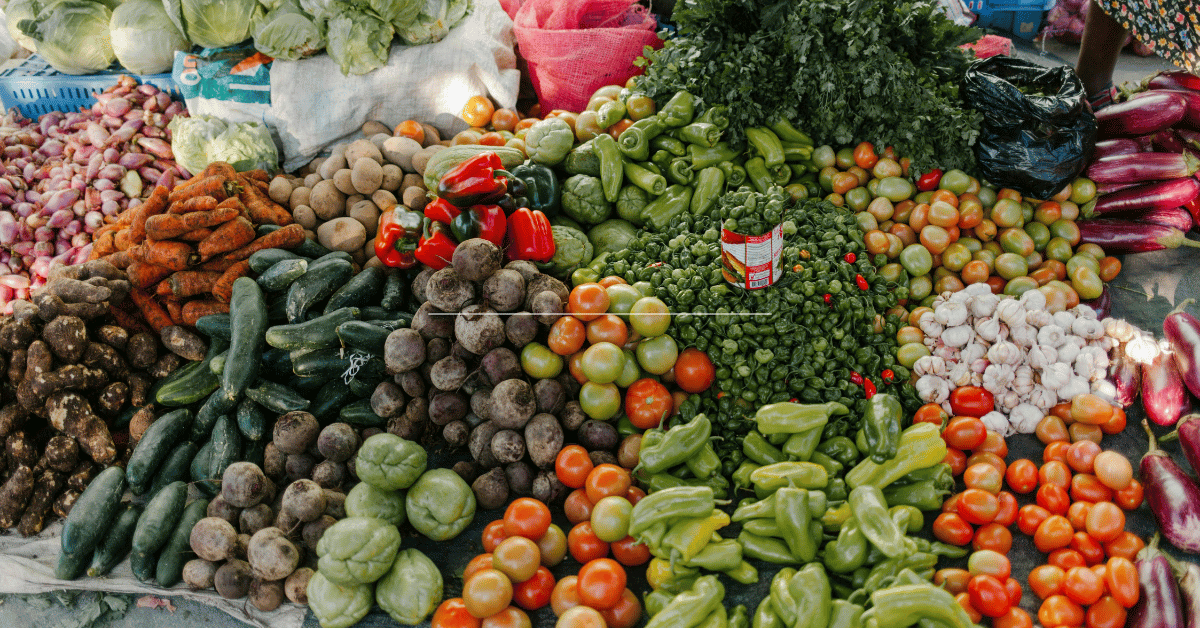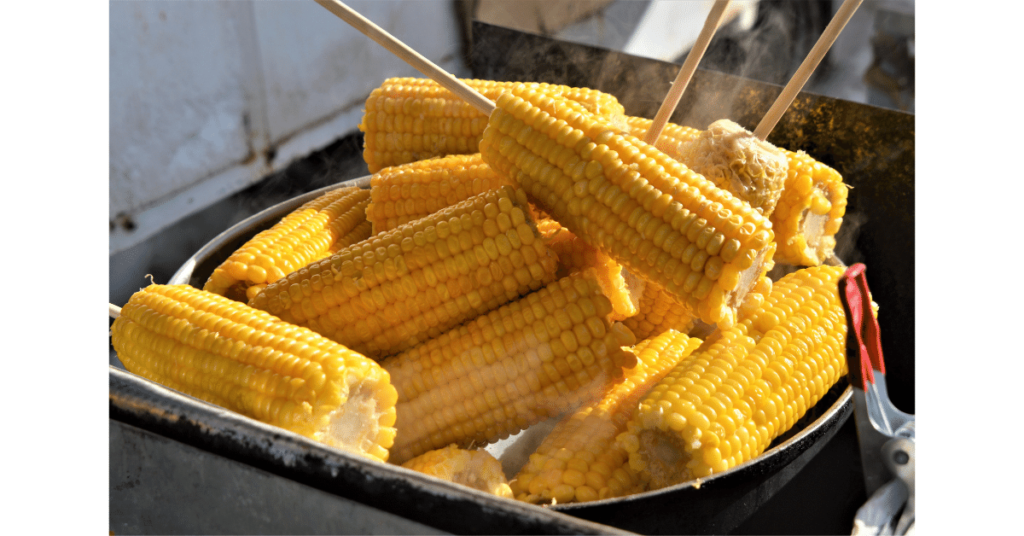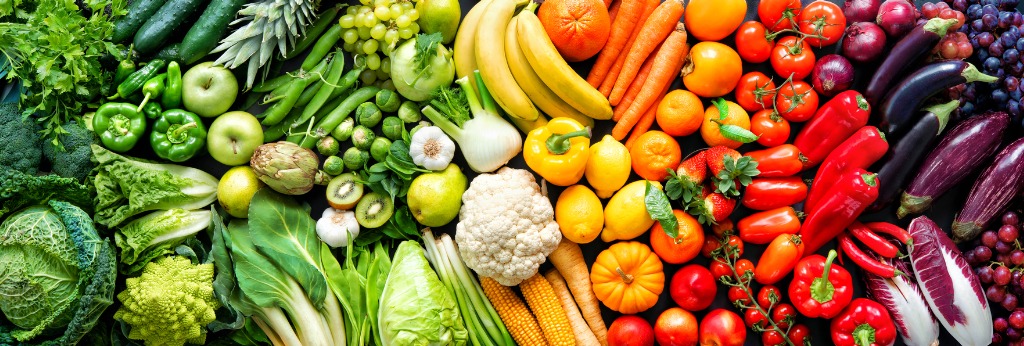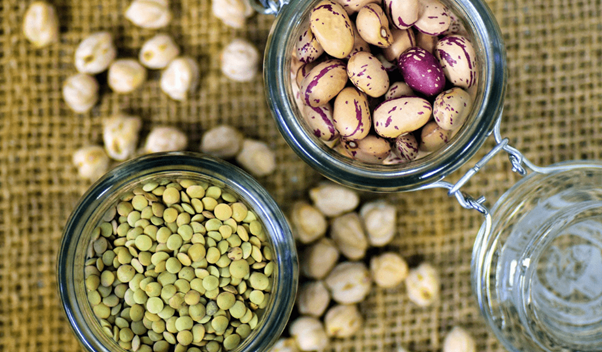Eating Plant-Based South Africa Guidelines

South Africa has a lively food scene. It has fresh local produce and many cultural influences.
But what if you want to embrace a plant-based lifestyle? You still want to enjoy the flavours of Mzansi.
Fear not!
This post is your guide to making healthy, tasty, plant-based meals. It uses the South African food guidelines as a foundation.
We’ll cover adapting dairy recommendations and staying hydrated. We’ll do this while keeping things tasty and fun.
Get ready to explore a world of plant-based options. They are part of South African healthy eating!
Building a Plant-Based Plate Using South African Staples
South Africa is full of tasty and healthy ingredients. They are perfect for a vibrant plant-based diet.
Here’s how to build a colourful plate.
A plate based on plant-based food South Africa Guidelines. It will help you to use familiar South African staples.

Starchy Staples
These form the base of your meal and provide sustained energy. Focus on whole grains for their fibre content and essential nutrients.
Maize (Mielies)

A South African staple is our beloved “mealie meal”. It is an excellent source of carbs.
Opt for stone-ground, whole-wheat varieties for added fibre and a nutty flavour.
Enjoy it as pap and in dishes like umngqusho. Or, try making plant-based roti or tortillas.
Sorghum
This grain is gluten-free contains and fibre.
Enjoy it cooked as a side dish. Or, use sorghum flour for baking. It makes flatbreads delicious and adds a nutty texture to veggie burgers.
Brown Rice
Brown rice is a common whole grain with lots of complex carbohydrates. It’s an excellent base for stir-fries, curries, or stuffed vegetables.
Whole -Wheat Bread
Choose whole-wheat loaves packed with fibre and nutrients. Enjoy them with a variety of plant-based spreads like hummus or mashed avocado.
Vegetables & Fruits

South Africa blesses us with plenty of fresh produce year-round. Embrace the vibrant colours and fantastic flavours for essential vitamins, minerals, and antioxidants.
Leafy Greens
Pack your plate with spinach (ibhucu), Swiss chard (ibhohora), or kale (umsobo). Enjoy them sauteed, steamed, or blended into creamy smoothies.
Butternut Squash (Bottersklaal)
This versatile winter squash is sweet and hearty. Roast it, puree it for soups, or cube it for stir-fries.
Sweet Potatoes (Bhatata)
These sweet potatoes are rich in beta-carotene and fibre. You can enjoy roasted, mashed, or baked as delicious fries.
Citrus Fruits
Grapes, oranges, and grapefruits have lots of vitamin C.
They also add refreshments to meals.
Legumes (Beans, Lentils, Peas)

These powerhouses are a fantastic source of plant-based protein and fibre. Enjoy them in stews, curries, soups, or tossed with salads for added heartiness.
Have we exhausted Mzansi plant-based foods?
This phase is just a starting point!
Explore the wide variety of local vegetables. Examples include beetroot, gem squash, and Swiss chard. They offer endless flavour combinations.
Adapting Dairy Recommendations: Plant-Based Swaps for a South African Plate
The South African food guidelines recommend including milk, maas, or yoghurt. They have calcium and vitamin D.
There are tasty and healthy alternatives if you’re eating a plant-based diet. You can explore them.
Fortified Plant-Based Milks
Soy milk is a classic choice. This milk is fortified with calcium and vitamin D to match the nutrients of dairy milk.
Several plant-based milks, such as almond, cashew, and oat milk, are gaining popularity. Some types may also receive fortification.
Consider The Application
Choose your plant-based milk based on how you’ll use it. Soy milk works well in baking and cooking due to its neutral flavour and protein content. Oat milk provides a creamy texture for coffee or smoothies.
Go Local With Homemade Nut-Based Yoghurts
Cashew yoghurt is a simple and delicious option.
Soak cashews. Then, blend them with water and lemon juice. Let their culture be with a probiotic starter. This makes a creamy, tangy yoghurt alternative.
Important Note
Fortified plant-based milks have calcium and vitamin D. But you still need to get enough of these nutrients from your diet.
Consider including calcium-rich leafy greens (like kale), fortified cereals, and calcium-set tofu.
Staying Hydrated: The Golden Rule for Plant-Based and Everyone Else!
South Africa’s food guidelines emphasize the importance of staying hydrated.
This advice is even more crucial for a plant-based diet. Some fruits and vegetables give fluids, but water is irreplaceable.
Here’s how to stay on top of your hydration game:
Water is Supreme
Aim for plain water throughout the day. Carry a reusable water bottle and sip it often, especially in hot weather or during exercise.
Infuse it Up
Add slices of cucumber, lemon, or berries to your water for a touch of natural flavour.
Embrace Herbal Teas
Rooibos and Honeybush teas are caffeine-free. They offer a warm, comforting way to hydrate.
Enjoy them hot or iced!
Listen to your body
Thirst is a sign of dehydration. Be sure to grab a drink before you’re parched.
Aim to urinate throughout the day. The colour of your urine is a good sign. Pale yellow is ideal, but dark yellow suggests dehydration.
Bonus Tip
Many fruits and vegetables have high water content, making them excellent hydrating snacks. Think watermelon, cucumber, celery, and tomatoes.
Plant-Powered Success: Tips for Thriving on Your South African Plant-Based Journey
Embracing a plant-based lifestyle in South Africa can be exciting. It can also be rewarding.
Here are some tips to ensure you stay motivated and enjoy the delicious journey:
Tip #1: Planning & Prepping is Key
Dedicate some time each week to plan your meals. Also, prep ingredients by chopping vegetables or cooking grains in advance.
This will save you time and prevent unhealthy last-minute choices.
Tip #2: Spice Up Your Life!
South Africa boasts a vibrant spice culture.
Use cumin, coriander, turmeric, and chilli. These ingredients add depth and excitement to your plant-based dishes.
Explore traditional spice blends like Rajah or Durban curry powder. They add an authentic touch.
Tip #3: Explore South African Cuisine with a Plant-Based Twist
Many South African dishes are naturally plant-based friendly or easily adaptable. Think lentil soup (dhal), a hearty and flavorful dish packed with protein.
Pap (cooked maize porridge) is a fantastic base for stews and curries.
Get creative. Reinvent your favourite South African comfort foods with a plant-based spin!
Tip #4: Consider a Registered Dietician
Consulting a professional can be especially helpful when starting a plant-based diet.
They can make a plan for you.
It will ensure you’re meeting your nutrition needs. They can also guide you in avoiding deficiencies.
Don’t forget
Consistency is key!
Do not let occasional setbacks discourage you. Focus on progress, not perfection. There are tons of resources available to help you on your journey.
Explore cookbooks, blogs, and online communities focused on South African plant-based eating. With some planning and exploration, you’ll soon be a plant-powered pro!
Sample South African Plant-Based Meal Plan & Resources
Sample South African Plant-Based Meal Plan
Breakfast
You can make the porridge with brown rice or sorghum. Topped with chopped nuts, seeds, a drizzle of plant-based milk, and cinnamon.
Lunch
We serve lentil soup (dhal) with whole-wheat roti. For deliciousness, we add a green salad with a simple vinaigrette.
Snack
Fresh fruit salad with a dollop of homemade cashew yoghurt.
Dinner
It’s a sweet potato and butternut squash curry with a creamy coconut milk base. Serve it over brown rice.
Breakfast
Muesli (porridge)
Mix rolled oats, chopped nuts (almonds, peanuts), and dried fruit (raisins, apricots). Add your favourite plant-based milk (soy, almond).
Top it off with a drizzle of agave nectar or a dollop of homemade nut-based yoghurt.
You can see “Adapting Dairy Recommendations” for the yoghurt recipe.
Lunch
Rainbow Veggie Salad
Load your plate with colourful veggies. For example, add chopped tomatoes, cucumbers, carrots, and bell peppers.
Add cooked lentils or chickpeas for protein. Top it with a simple vinaigrette made with olive oil, lemon juice, and herbs (basil, oregano).
Enjoy it with a slice of whole-wheat bread.
Snack
Fresh Fruit with Nut Butter
Pair apple slices, banana chunks, or a handful of grapes with a dollop of peanut butter or almond butter. It’s a satisfying and energy-boosting snack.
Dinner
Sweet Potato and Chickpea Curry
Roast cubed sweet potatoes and chickpeas. Use fragrant curry spices like turmeric, coriander, and cumin.
Serve it over a bed of brown rice and drizzle with a cooling dollop of coconut yoghurt.
Remember
These are just samples. Maintain portion sizes and ingredients to fit your needs and preferences.
You can make many tasty and healthy plant-based meals with South African staples!
Bonus Tip
Explore online resources such as ProVeg South Africa for recipes and tips.
Their supportive community will guide you on your plant-based journey in South Africa!
Plant-Based Resources in South Africa
ProVeg South Africa
ProVeg South Africa offers recipes. It also provides information and support for a plant-based lifestyle in South Africa.
Social Media Groups
Join Facebook groups or online communities that focus on South African plant-based eating. They are for connecting with others on this journey. They share recipes and get inspired.
Local Farmers Markets
Explore your local farmers market. You can find fresh, seasonal produce there to fuel your plant-based creations.
Enjoy the abundance of South Africa’s natural bounty. Start your tasty plant-powered adventure!
Conclusion
South Africa’s lively food scene offers a treasure trove of plant-based ingredients. They will fuel your journey.
You’ll be guided in this journey by eating plant-based South Africa guidelines.
Remember, plan, spice things up, and explore plant-based twists on South African classics. Doing so will keep your taste buds happy and your body nourished.
With some planning and many resources, you’re on your way to a tasty plant-based adventure in South Africa!
So,
Are you going to take steps to follow South African guidelines on eating plant-based food?
Share the post and leave your comments now.

1 thought on “Eating Plant-Based South Africa Guidelines”